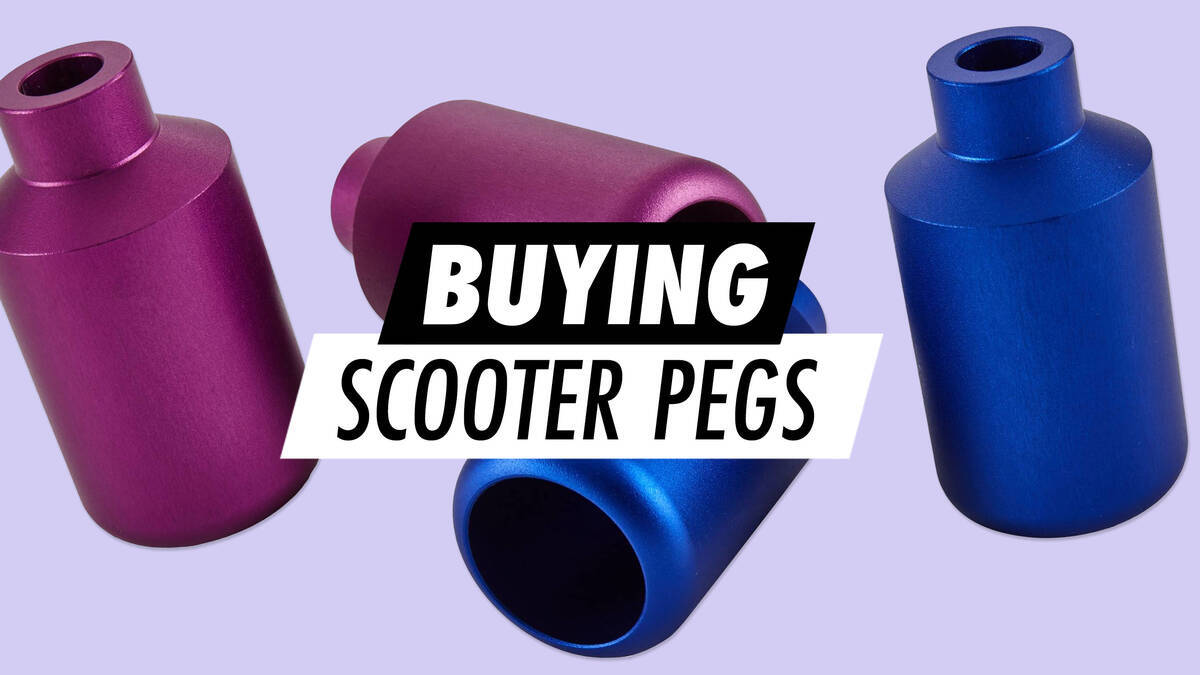Purchasing Scooter Pegs

Bear in mind that various pegs may not be compatible with all scooters due to differing designs and manufacturers.
A sound recommendation is to select pegs along with the deck & fork from the same manufacturer. You can always reach out to the skate shop if uncertain or if no information is provided about the peg you intend to purchase.
A helpful guideline is:
The axle upon which the peg is installed should exceed the width of the deck. Use spacers to create space if the peg encounters obstruction from the deck.

Materials for Pegs
- Steel (chrome steel) offers robustness and is ideal for street activities.
- Aluminium is more lightweight and suitable for park activities - though less durable than steel.
Other Pegs Options
There are options to purchase "one piece pegs" where the axle and the peg are integrated.
These types are typically more durable compared to traditional pegs.
Wear and Practical Usage
Pegs can be replaced, and if intending to grind on kerbs (stone or concrete, etc.), it is necessary to wax & smooth the kerb thoroughly. Additionally, replace your pegs before they become deformed to a degree where they are difficult or impossible to detach.
Installation
Decide whether to position your pegs on the left or right side.
Since different scooter brands utilise varying axle bolts, we suggest using the original axle/bolt from your scooter when installing new pegs, unless the pegs dictate otherwise. Often you need merely to unscrew the bolt head on your scooter when installing pegs, then reinsert the bolt head through the peg and ensure it is securely fastened.
Return to Assembling a custom trick scooter
Return to Stunt scooters explained
